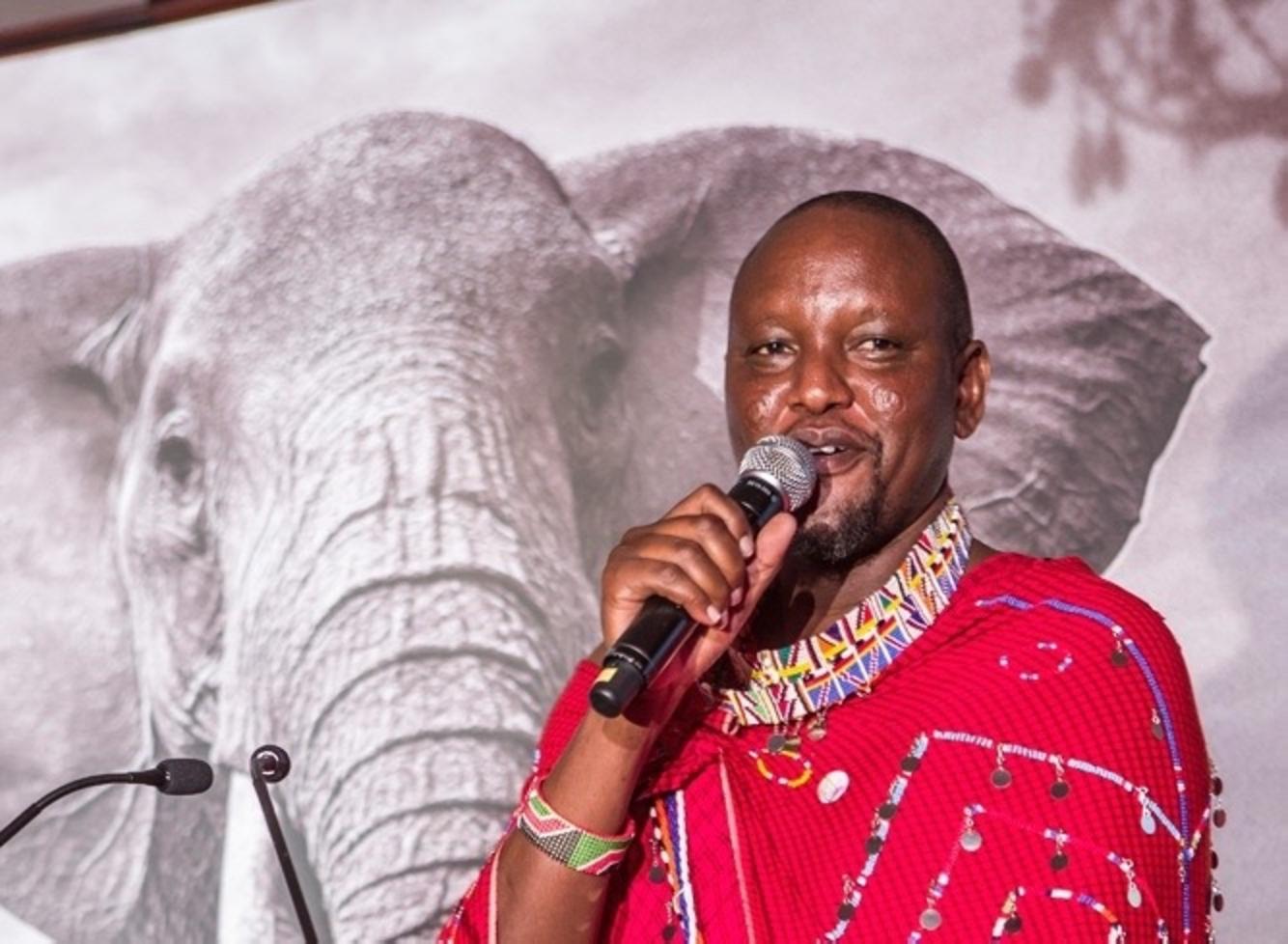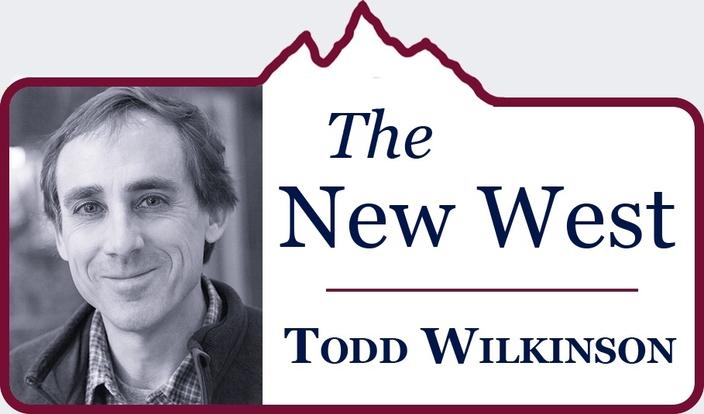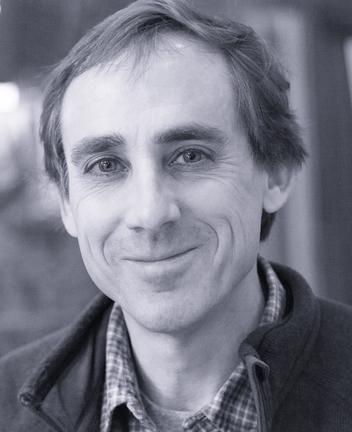Back to StoriesTo Be A Man, Real Warriors Don't Have To Kill Lions
September 26, 2017
To Be A Man, Real Warriors Don't Have To Kill Lions Maasai Elder Daniel Ole Sambu Is A Real Warrior—For Conservation And Culture
Daniel Ole Sambu and I were sitting in the second-floor
grand room at Jackson Lake Lodge discussing predator conflicts this week, when
he said, “American cowboys love their cows and we love our cows, too.”
Mr. Sambu isn’t a wrangler; he’s a herdsman-warrior by
identity—a member of the mighty Maasai of Kenya and Tanzania. Daniel’s people
for 600 years have venerated the killing of lions as a rite of passage for boys
becoming men. They’ve also adhered to a long tradition of taking lethal revenge
on big cats that eat their livestock.
Cattle are treasured assets on the same African plains where
great wildlife migrations still happen.
Think of the Disney film The Lion
King. Yet this is the real-life region
that serves as a comparative reference point for the Greater Yellowstone
Ecosystem.
While lions have caused conflict with the Maasai they are simultaneously
beheld with profound reverence. However, the outlook for lions is grim.
In the span of two human generations, lion populations in
eastern and southern Africa have plummeted from hundreds of thousands to just
20,000, raising fears that by the middle of this century they might cease to
exist in the wild.
Finding this outcome unacceptable, Daniel got involved with
an organization called Big Life Foundation where he serves as predator
protection coordinator. Big Life Foundation has ushered forth two game-changing
initiatives. It has a compensation program that reimburses livestock losses caused
by lions. Further, it has advanced an alternative to the deeply-engrained
belief that a young man must kill a lion to earn warrior credentials.
In its place is something called “the Maasai Olympics” where
men from different clans compete with one another to earn honor and respect in
their community.
Daniel knows how difficult it can be to tweak culture so
that new ways of thinking are possible.
During his younger years, he and his friends carried their
traditional spears on five unsuccessful lion hunts. Today, he is a role model for a different way
of thinking.
At age 41, Daniel holds status as a Maasai elder. He is also
a father of four (two boys and two girls) and, equally as important, a mentor
to young men, showing that culture can be respected and lions kept alive as
assets.
Of course, conflict in Maasai land is much more complicated
than just lions vs. people. Hyena
predation on livestock is a serious problem—and there are leopards. But there’s
also an insidious link to climate change that has created an epic challenge.
In the wake of devastating drought, many Maasai switched
from herding cattle to sheep and goats—animals not only more vulnerable to
predators but who's grazing is causing desertification, destroying the land’s
ability to support cattle and wildlife.
Just as Daniel and colleagues have made tremendous strides
in resolving one dilemma they face another.
For just $1.2 million annually, Big Life is nonetheless achieving
extraordinary results. It funds the
predator compensation program, employs 360 community rangers involved in
anti-poaching efforts across the Amboseli Ecosystem and has a scholarship program for 200 students. Big Life
is helping both lion and elephant populations (the latter racked by ivory
poachers) to rebound.
The Maasai’s story is told in a moving new film, Tribe
Versus Pride by Dereck and Beverly Joubert (Terra Mater Factual Studios).
Every time I attend the Jackson Hole Wildlife Film Festival,
which attracts the best nature filmmakers and most innovative conservation
thinkers in the world, I leave with three emotions: inspiration as a result of
breathtaking work happening at a time of global ecological crises; admiration
for film fest director Lisa Samford who, together with her team, put on an
extraordinary event; and tinges of sadness.
Why sadness? First, the world needs courageous underdogs
like Daniel and his associates who, against overwhelming odds, are fighting
battles to save wildlife. They deserve our support but don’t always get it.
Second, I wonder: are we as humans capable of paying
attention to the big picture?
Third, with such a profound combination of hard-earned experience,
insight and talent assembled in one place, why do federal and state wildlife
managers in Greater Yellowstone not use the knowledge pouring out of the film
festival as a vital resource?
Answer: there is still a prevailing
imperialistic/post-colonial mindset that we in the developed world have all the
answers.
Yet it’s clear with ongoing, often irrational mindsets
prevailing in our own region with issues like “predator management” that we don’t.
There are a lot rural communities in the U.S. could learn from the Maasai with
how to change tradition to achieve better outcomes for co-existence between
humans and predators.
If you care about lions, elephants and the future of other
iconic African species, if you believe in the power of local people to make
positive change, and if you root for underdogs, then you ought to think about
Daniel Ole Sambu of Big Life Foundation (biglife.org) in your giving.




